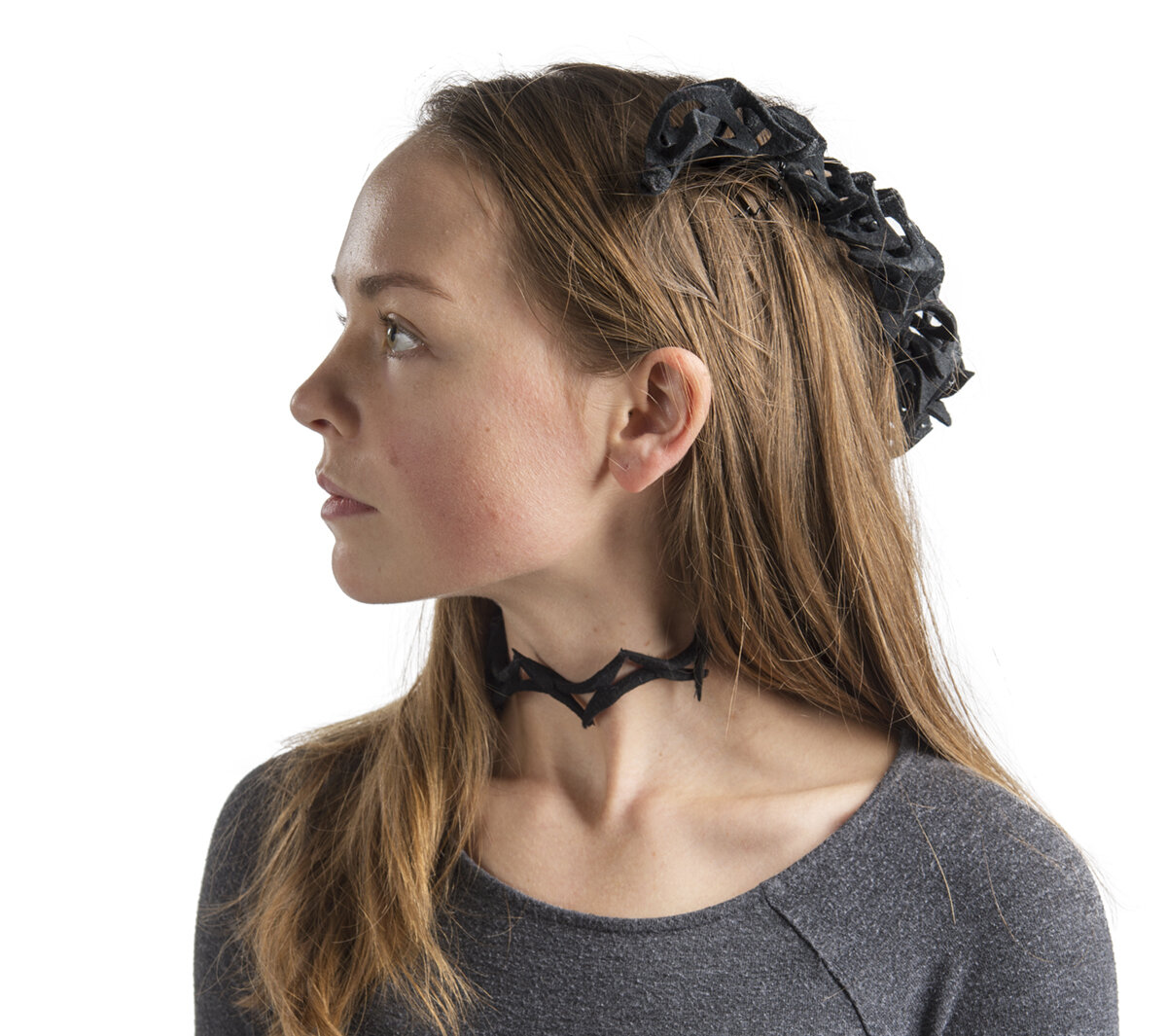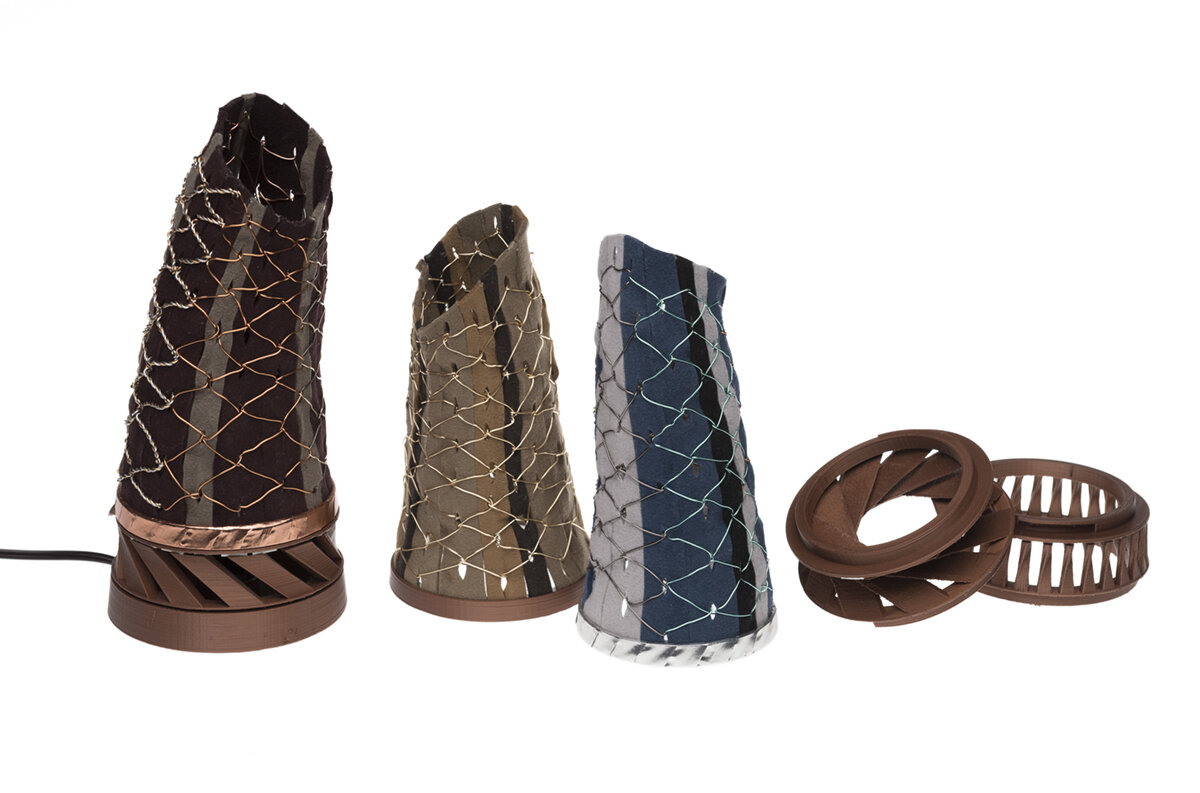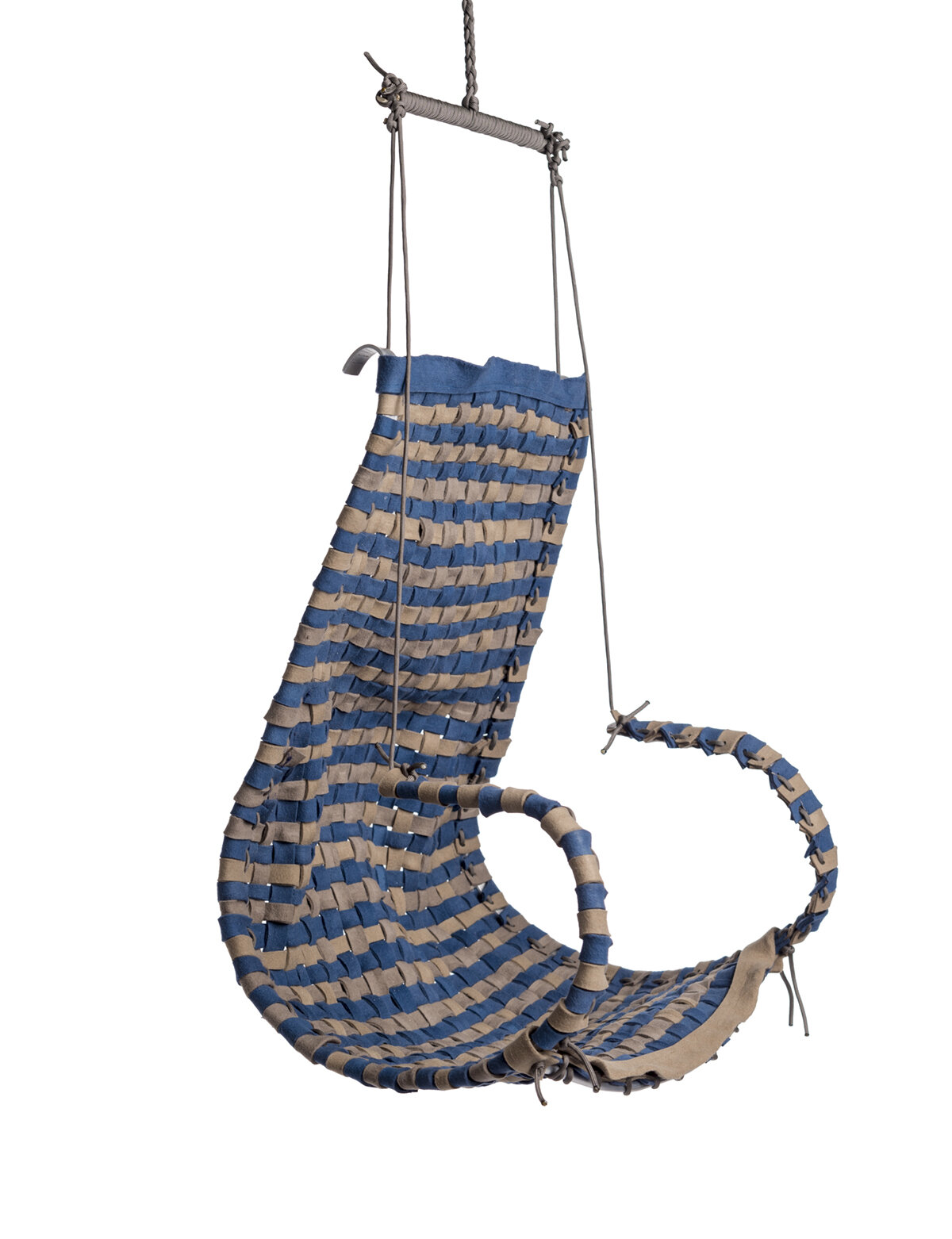RIT UnWasted values
circular economies and valorization
of uncommon fiber sources and waste streams.
Global fiber consumption, including fiber- and textile-based products, has grown nearly thirty times since the 1950s, as reported by a 2011 FAO/ICAC survey issued by the United Nations (Food and Agriculture Organization of the United Nations and International Cotton Advisory Committee). The United Nations Economic Commission for Europe (UNECE) reports that “between 2000 and 2014, clothing production doubled with the average consumer buying 60 percent more pieces of garment compared to 15 years ago. Yet, each clothing item is now kept half as long” (UN Alliance Aims to Put Fashion on Path to Sustainability | UNECE). In 2018 alone, the US Environmental Protection Agency (EPA) estimated global textile production reached 17 million tons.
In the United States, there is currently “no mandate for textile waste management, and textile recycling continues to be voluntary (Chen et al.).” In 2018, the EPA reported that 2.5 million tons, or only 14.7 percent, of textiles were recycled. Based on information from the American Textile Recycling Service, the EPA estimates that the specific recycling rate for clothing and footwear textiles was only 13 percent. In comparison, bedding textiles was 15.8 percent (Textiles: Material-Specific Data | US EPA). It is estimated that “over three quarters of recycled textiles/apparels could be reused (Chen et al.).”
RIT UnWasted addresses the need for reclamation, reuse, and valorization of textile and other waste stream materials into sustainable new solutions through both undergraduate and graduate coursework and research experiences.
UnWasted Possibilities - Graduate Idea Lab I
The concept of RIT UnWasted evolved from a semester-long project run in my 2018 Graduate Idea Lab I course. The original case study offered first-semester Industrial Design (ID) graduate students the opportunity to design new products from post-industrial/pre-consumer wool felt waste. Bollman Hat Company recognized potential value in the welt-felted merino offcuts formed during their brim trimming process and provided fifty pounds of felted merino wool offcuts to the students to facilitate their investigations. Students performed materials explorations, product ideation & iteration, sampling, and developed final prototypes. No student in the course had previous textile knowledge, and many had limited previous design experience.
In Spring 2019, I presented UnWasted Possibilities: An Exploration in Product Design Using Felt Offcuts in an oral presentation at NETInc 2019 - Innovative Nonwovens Conference held in conjunction with TAPPI’s 2019 PaperCon, Indianapolis, Indiana, USA.
The UnWasted Possibilities course led to my return to graduate school to pursue my Ph.D. in Textile Engineering & Sciences at Thomas Jefferson University in Philadelphia, Pennsylvannia.
My Ph.D. research at Thomas Jefferson University explores the global need for a sustainable reuse and recycle system for both general post-consumer textile waste (PCTW) and PPE-specific medical textile waste, focusing on upcycling reclaimed fibers into a new nonwoven composite.
Personal protective equipment (PPE) waste has significantly increased with the recent COVID-19 PPE safety protocols, both in the medical world and through increased use within the general population. Between 2019 and 2020 alone, global demand for PPE increased by 300-400% (UK Aid). World Health Organization estimated 89 million medical-grade masks were needed each month to protect frontline healthcare workers alone (WHO). Even post-pandemic, the global market for PPE is “anticipated to grow at a compounded annual growth rate of 6.7% from 2023 to 2030” (Grand View Research).
The PPE waste used in this research comes from disposable surgical isolation gowns. The general PCTW is limited to discarded cotton bedding for ease of availability and quantity. Once shredded, the fibers are blended, wet-laid, dried, and then heat-pressed into a durable new material.







